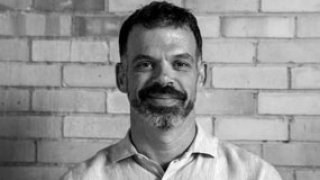By design, higher education is iconoclastic. It attracts the wonderers, the skeptics and the dissidents, and bestows upon them a wide degree of freedom so that they may advance our collective knowledge through individual pursuits.
This independence is worth preserving. Indeed, our institutions of higher education—and the academic freedom they preserve—serve as major bulwarks against the further erosion of American democracy. We need this now more than ever.
But this independence carries a substantial cost. Institutions of higher education must serve the dual mission of advancing knowledge and preparing the next generation of students for the future. In the context of professional education, such as the preparation of future school teachers, it’s not clear that higher education is prioritizing both.
I have seen this firsthand at teacher-preparation programs throughout the country. Over and over, I have seen faculty set conflicting expectations and impose contrasting visions in their instruction of novice teacher-candidates. How do these teacher-candidates know what good teaching is—what it looks like, what it sounds like—if they are receiving different messages?
Novices do not think the same way as experts —and teacher-candidates are the most novice of novice teachers. They can’t yet see the same patterns, don’t yet have the same mental models. They need help making sense of what they’re learning—but the iconoclastic nature of higher education is not well-designed to meet this need.
There is a solution. Leaders at all levels of teacher preparation—deans, directors of teacher education, tenured faculty, clinical faculty—must align the experiences of the teacher-candidates they prepare. This means all teacher-educators—including both school of education professors and K–12 mentor teachers—have a shared understanding of the development trajectory for novice teachers, and their specific roles within that process. It means thoughtfully structuring the coursework and practical experiences of novice teachers so that skills are sequentially developed over time. It means gathering evidence on how graduates perform once they are in classrooms of their own, and then using that evidence to continually revise and improve programs.
This type of approach does not come naturally to institutions of higher education—but we know it can be done. This country’s system of medical education underwent a dramatic transformation in the late 19th and early 20th centuries that was driven by a collective vision across the field about what new doctors needed to know and be able to do—and agreement about the approach needed to achieve that vision.
Nearly 200,000 new teachers graduate each year from preparation programs in the United States, and far too many of them report feeling unprepared to teach in classrooms of their own. This must change. And it will require faculty leaders to forego some individual autonomy in support of a collective vision.




